Is There A Way to Make a Film About Politics Without a Political Point of View?
All art is political but does it have to be?
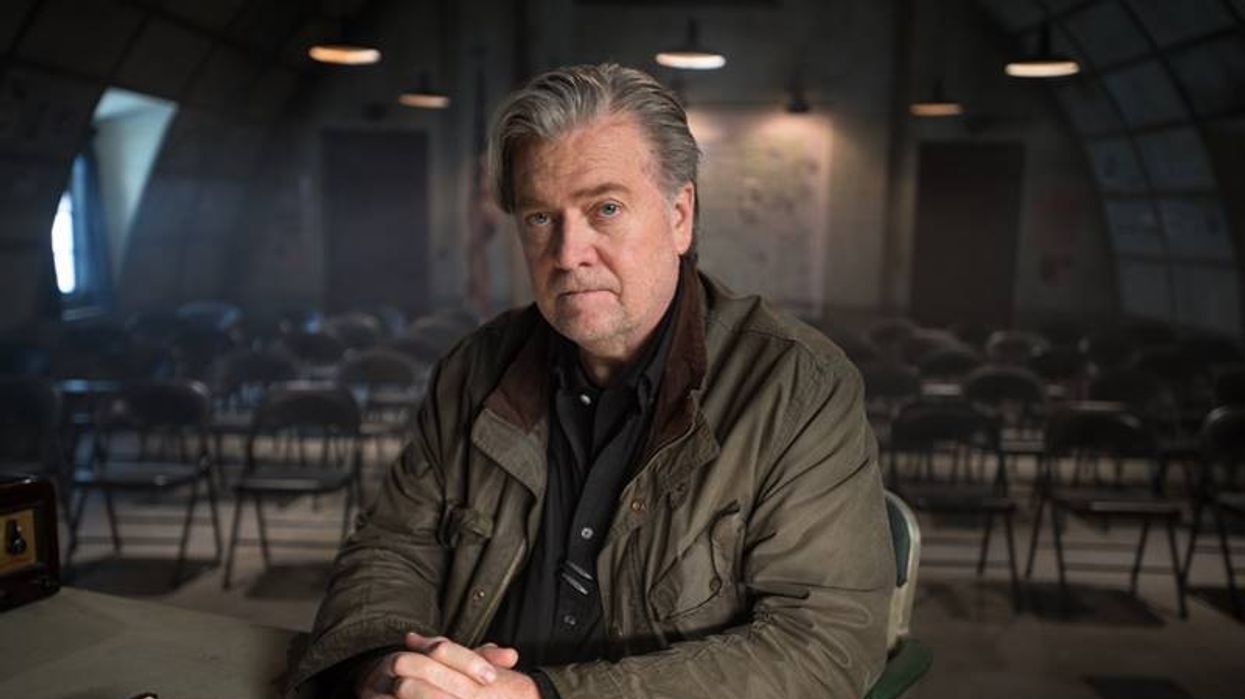
This year’s Venice Film Festival began with an omen. After the premiere of opening-night selection, First Man, Damien Chazelle’s well-received biopic of Neil Armstrong starring Ryan Gosling, conservative media back in the United States seized on inaccurate reports that the film doesn’t show the American flag as proof that Chazelle’s film wasn’t patriotic enough.
These claims were wrong: As many critics who saw the movie could attest, Chazelle does allow the flag to enter the frame (the argument then shifted to: Does he show the flag enough?) Chazelle himself insisted that the way he depicted the flag in the movie was not intended to be a political statement, but for a brief moment, as the Oscar-winning director’s choice of visual depiction was placed under an ideological microscope, we were all reminded of something crucial: All art is political, whether you like it or not, and every choice a filmmaker makes is political, too.
A movie is its own kind of flag: a complete visual statement that you pick up when you want to make a point. Directors who dream of one day enjoying a platform like Venice would be wise to keep this in mind at all times.
As if to prove this idea in real time, only a day after Steve Bannon made headlines for being invited, then quickly disinvited, from the New Yorker Ideas Festival, the new Errol Morris documentary on him played its first showing out of competition on the Lido. The obvious question became: why should American Dharma, in which the architect of the Trump presidency essentially talks to the camera for 95 uninterrupted minutes, be seen as somehow better, or more journalistically noble, than the New Yorker’s efforts to put Bannon on a stage?
The answer to that question lies entirely with Morris and the filmmaking choices he makes. Again, as with Chazelle, the responsibility is with the director to avert a political firestorm.
Unfortunately, Morris was unable to provide much of a justification for his approach to Bannon, either in the film itself or at the press conference he held after its screening. He filmed American Dharma in the same style as his two previous political documentaries The Fog of War and The Unknown Known, giving Bannon center stage and peppering him with questions for the film’s entire 95-minute runtime.
There’s also a bit of The Act of Killing in the framing device, as Morris, inspired by Bannon’s love of classic movies, recreates the aircraft hangar set from the 1949 war film Twelve O’Clock High to conduct the interview in.
The film seems to think simply interviewing such a polarizing figure is enough of a statement to support its “flag.”
But what good is all this window dressing if nothing of substance or purpose emerges from Morris and Bannon’s conversation? The movie gives Bannon huge leeway to talk about his anti-establishment philosophy, going on about the revolution of the working class and the “populist” uprising that put Trump in office, without ever really forcing him to reckon with the many contradictions between his words and actions.
Morris does rebuff his subject on a few points, in order to bring more attention to the racism and increased wealth disparity at the heart of Trump’s policies, but then allows Bannon to go right back to generalities. The film seems to think simply interviewing such a polarizing figure is enough of a statement to support its “flag.”
During his press conference, Morris—who’s used to widespread acclaim from critics—seemed surprised by the skeptical-to-hostile reactions of many of the journalists. He framed the movie as his own journey of understanding about Bannon and his followers and chastised his fellow members of the press for sitting back and criticizing him.
“Easy to say, ‘You did nothing,’” Morris told the crowd. “But even if I did nothing, I tried.”
That’s part of the trap that filmmakers can fall into when dealing with explosive political subjects in this day and age. Framing the dilemma as a black-and-white choice between not making any movie and making the movie you made is disingenuous. There was a third option: make a better movie, a more responsible movie. It was this third option that other well-known Venice filmmakers struggled with as well.
Finding ways to reckon onscreen with conservatism, right-wing ideology, and outright violence became a weird throughline at Venice. Bannon’s thoughts about the growth of the right wing across the world had an echo in the competition film 22 July, by Paul Greengrass, which is set to premiere on Netflix in October.
The movie retells the story of the 2011 neo-Nazi terror attacks that killed 77 people and injured hundreds in and around Oslo, Norway, and it premiered only six months after the Berlin premiere of U-July 22, a Norwegian film by Erik Poppe about the same events.
Unlike Poppe’s film, though, Greengrass gives ample screen time to the terrorist, Anders Breivik (played by Anders Danielsen Lie). Not only does this film’s depiction of Breivik get tons of screentime during the attacks themselves, he also speechifies endlessly at his trial afterward. He goes on at great length about the methodology and philosophy behind his plan and repeatedly asserts that there are many more like him waiting in silence around the world.
Greengrass’s directorial choices seem to express an odd sort of admiration for the man’s methodology.
Here’s the thing: Yes, the dangerous, largely invisible spread of far-right extremism is a valid point to make in a film about a real-life terrorist attack. But there is no other way to interpret 22 July except that it’s, well, flying its flag for Breivik. Greengrass’s directorial choices seem to express an odd sort of admiration for the man’s methodology, starting first of all with the fact that he allows Breivik to recite his full name on camera multiple times. Breivik’s storming of Utøya, the island summer camp where he posed as a police officer to slaughter the children who were the majority of his victims, is presented as perfectly in sync with his orchestration of the Oslo bombings, in accordance with his fantasy that he’s just one man in an army.
He seems to get everything he wants in the leadup to the trial: he drafts an unwilling lawyer into his fight, forces the victims of his attack to testify against him, and gets to dictate the terms of his trial precisely. He even successfully manages to muddle the waters of what, exactly, the point of the trial is: since Breivik freely admits his guilt, every second he’s allowed to speak in a public forum is a victory for him.
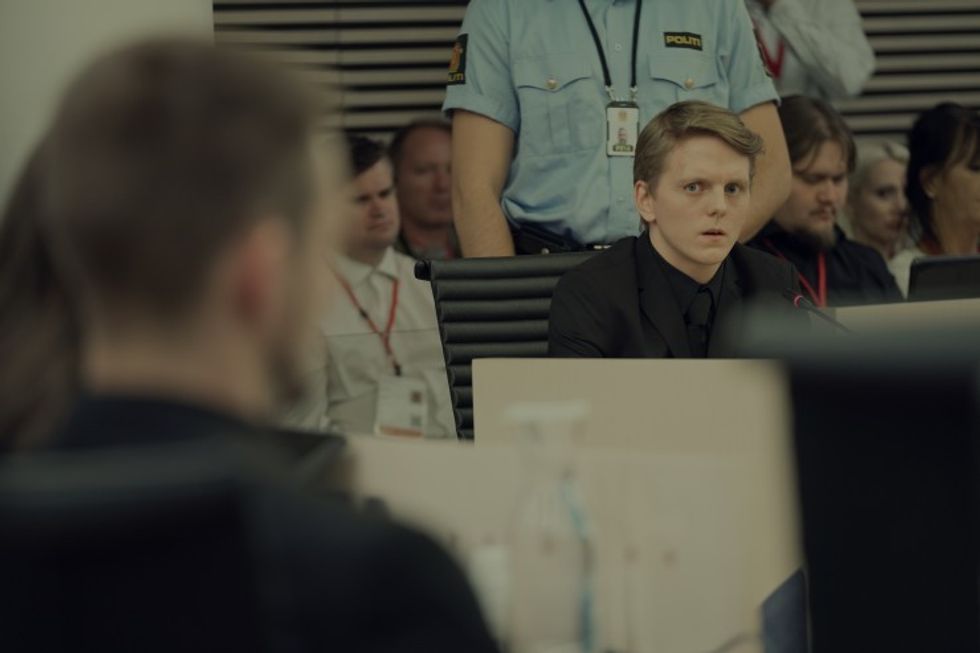
22 July does have some other characters, mostly survivors of the attacks. Greengrass doesn’t have an interest in them except as ciphers for goodness. The director is known for making exactly this kind of movie: true-life recreations of tragic events recast as thrillers, from Bloody Sunday to United 93 to Captain Phillips. The problem with viewing people through the lens of your killer, treating them as meat or as pawns for a larger hate-filled agenda, is you forget what real humanity looks like.
Morris wasn’t the only top documentarian at Venice. Frederick Wiseman premiered his new movie Monrovia, Indiana, a typically-for-Wiseman observational portrait of a small Midwestern town that voted overwhelmingly for President Trump in 2016.
Wiseman clearly chose this setting because of his interest in our current political moment, yet he doesn’t try to draw any overt political messages in the movie, beyond showing a handful of pro-gun signs and T-shirts.
Wiseman focuses instead on the daily dramas of the townspeople, whom he said had a “lack of curiosity about the outside world, about the world 10 miles beyond them.”
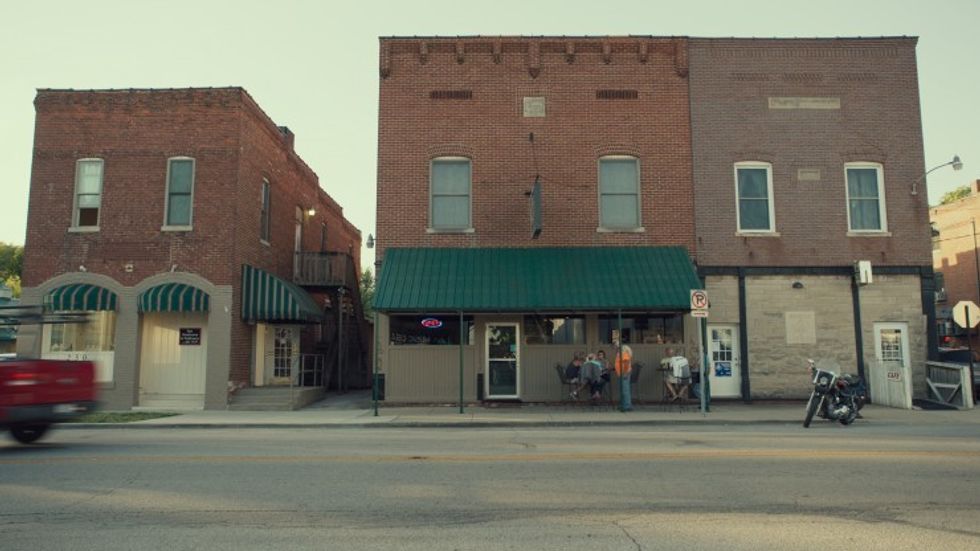
That means a lot of city council discussions about how to keep new people from moving into town, a lot of time spent at church for weddings and funerals, and almost no political talk. During the press conference, I asked why Wiseman hadn’t included any scenes of political organizing in Monrovia, as he had for previous films like In Jackson Heights. His response was, also typically for Wiseman, brief and sour: “Had I found them, I would have included them.”
Maybe this is the best way to make movies about politics today: to see people as people, and not as vehicles for symbolic messaging, even if the character you’re basing your movie around is famous like Neil Armstrong or infamous like Anders Breivik. The two best films I saw at Venice, Brady Corbet’s Vox Lux and Jennifer Kent’s The Nightingale were rather direct commentaries on violence in our society. However, they were first and foremost anchored by riveting filmmaking and complex, difficult characters.
Both films follow young women who just barely survive senseless, violent tragedies; one becomes a pop star, while the other seeks revenge on her tormentors. Neither is an easy sit. The Nightingale even generated some controversy of its own. The incredibly violent, brutal revenge thriller set in colonial Australia walked into the festival with a target on its back by virtue of being the only one of 21 competition films directed by a woman, putting Kent in the unenviable position of having to prove she’d been selected on the film’s own merits. An accredited press member at the film’s first press & industry screening shouted a vulgar insult at the screen when Kent’s name appeared, seemingly confirming our worst, vilest suspicions about the film industry today.
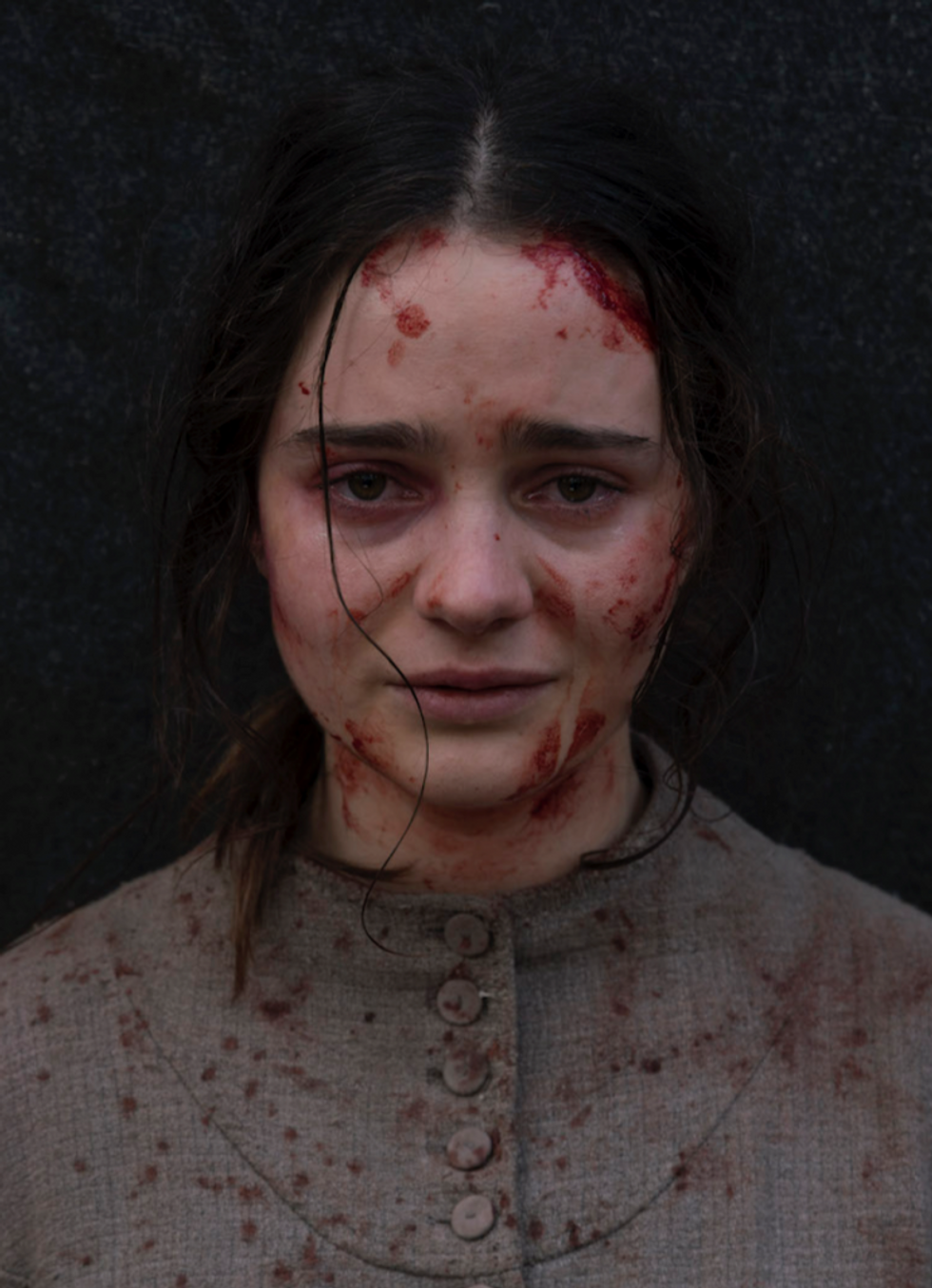
Maybe that person felt attacked because Kent’s film (which went on to win two jury prizes) is expressly political. It is a scorched-earth examination of the root of white male violence: over women, families, indigenous groups, and the natural beauty of the planet itself. It’s not trying to hide its true intentions with some disingenuous aside.
The film aims to shock and challenge its audience by venturing into the “extreme cinema” label, but aspiring filmmakers should note how restrained the film is in other ways. Its pacing is mournful and meditative. It’s unhurried but doesn’t linger on the horrible things, so as not to accidentally titillate the worst of its audience.
The film is careful to present both its hero and its chief villain as people who are after specific things, who have moments of cowardice and moments of brutality alike.
In other words, the film makes nothing easy. It reveals people for who they are. It embraces the messiness that comes with making a fierce, bold and, yes, political statement. It waves its flag proudly, the way all filmmakers should.

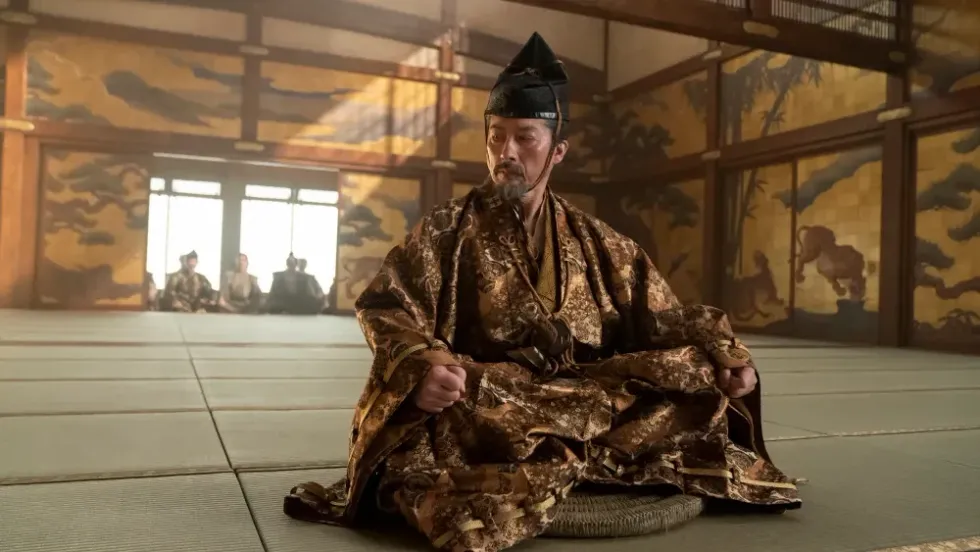 ShōgunFX
ShōgunFX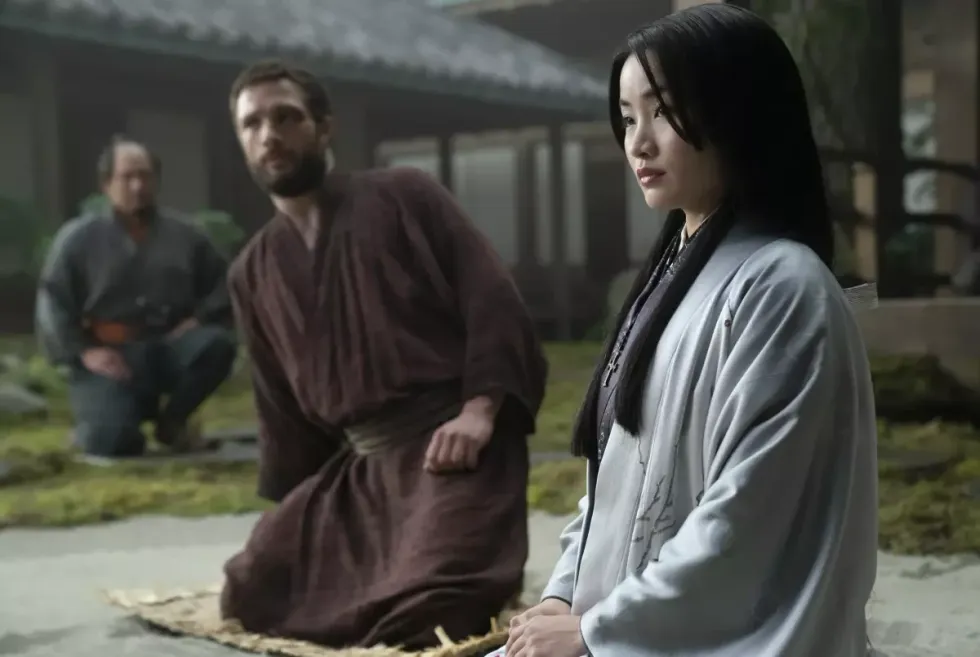 ShōgunKatie Yu/FX
ShōgunKatie Yu/FX









